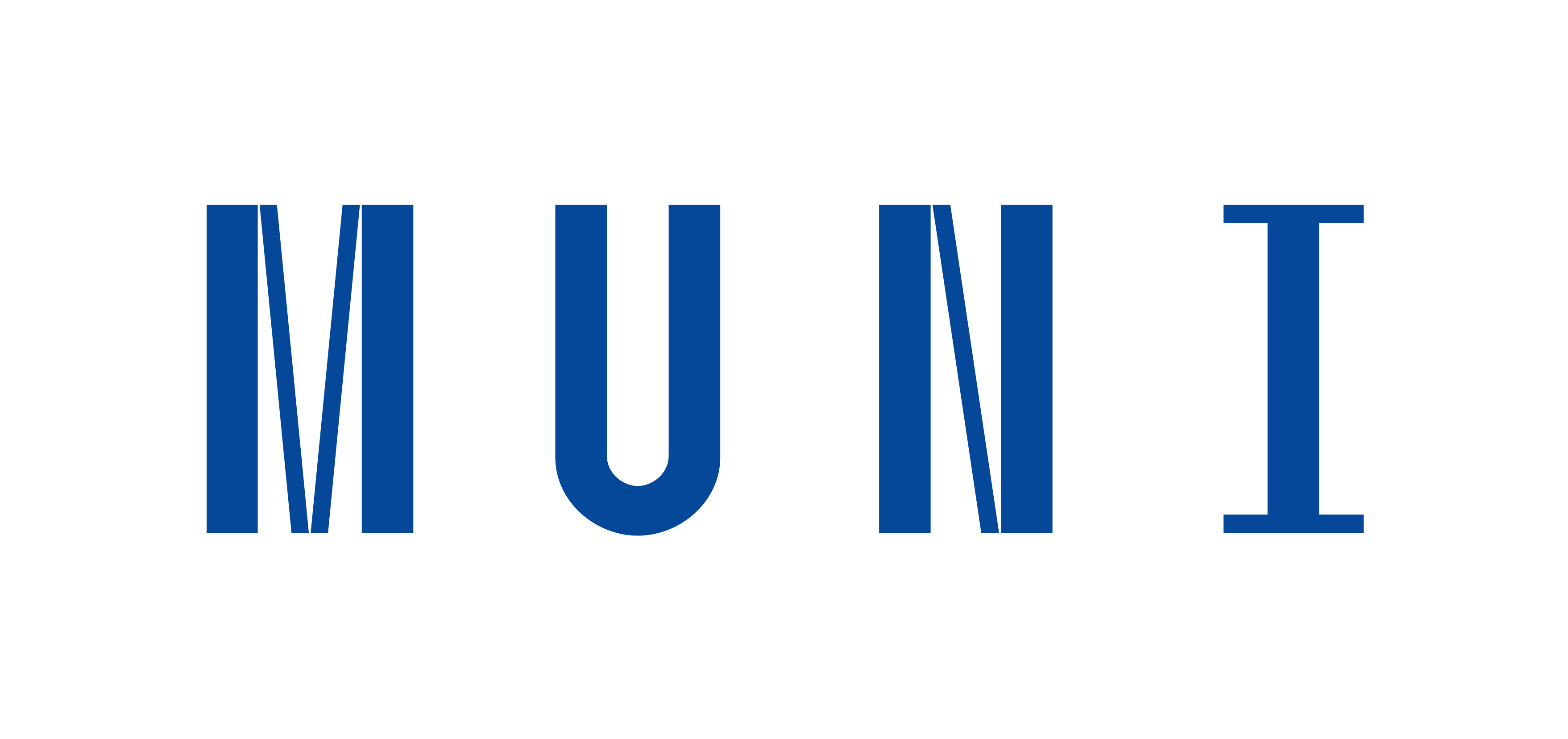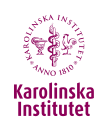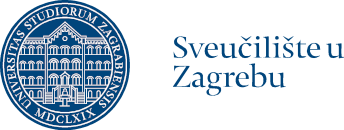Glossary - Professionalism
This is a glossary with terms relevant to TOPIC 2. These terms were selected while creating the survey tools for this topic. Each term we considered important, useful, or crucial for understanding the main topic concepts was selected and defined with the help of relevant literature resources and agreed upon by the project consortium.
A B C D E F G H I J K L M N O P Q R S T U V W X Y Z
Assessment of professionalism
Professionalism can be assessed using a combination of observed clinical encounters, multisource feedback, patients’ opinions, paper-based tests or simulations, measures of research and/or teaching activities, and scrutiny of self-assessments compared with assessments by others. Attributes that require more development in their measurement are reflectiveness, advocacy, lifelong learning, dealing with uncertainty, balancing availability to others with care for oneself, and seeking and responding to results of an audit. It is suggested that assessment of professionalism should be approached on various levels: individual, interpersonal, and societal/institutional. The assessment should focus on the interaction and the conflicts between the values and emotions that lead to specific professional or unprofessional behaviour of medical students.
Core curriculum
In medical education, the core curriculum refers to the foundational set of courses, experiences, and competencies that all medical students are required to complete as part of their training to become medical doctors. The core curriculum forms the essential framework for medical education, ensuring that students acquire the fundamental knowledge, skills, and clinical competencies necessary for medical practice. It typically encompasses a comprehensive range of subjects and experiences that span the breadth of medical science, clinical practice, and professional development.
Cross-cultural communication in medical education
It refers to the process of effectively exchanging information, ideas, and emotions between healthcare providers and patients from different cultural backgrounds. It involves understanding and respecting cultural differences, values, beliefs, and communication styles to facilitate meaningful interactions and provide patient-centred care.
Cultural competence in medical education
Cultural competence in medical education refers to the ability of healthcare professionals and medical students to provide care to patients with diverse values, beliefs, and behaviours, including tailoring healthcare delivery to meet patients' social, cultural, and linguistic needs. It involves a set of attitudes, skills, and knowledge that enables providers to understand and effectively respond to cultural differences in healthcare encounters.
Cultural context of medical professionalism
It refers to the influence of cultural beliefs, values, norms, and practices on the understanding and practice of professionalism within the field of medicine. It recognises that the expectations, behaviours, and ethical standards associated with professionalism may vary across different cultural contexts and societies.
Dignity
In the context of medical education, dignity refers to the inherent value, worth, and respect owed to all individuals, including patients, colleagues, educators, and oneself. It encompasses the ethical principle that every person deserves to be treated with compassion, sensitivity, and integrity, recognising their autonomy, privacy, and rights.
Empathy
Empathy is a foundational element of the practice of medicine and the vital cornerstone of high-quality health care. Empathy is defined as the ability to sense, feel, and understand another's emotions.
Ethical dilemmas in anatomy courses
Ethical dilemmas in anatomy courses can arise from various situations that require students and instructors to navigate complex ethical considerations related to the handling, study, and respectful treatment of human bodies and tissues. These dilemmas often involve balancing the objectives of anatomy education with ethical principles, professional standards, and the dignity and respect owed to deceased individuals and their families.
The dissection of the human body creates ethical dilemmas which stem from the need for anatomical science to gain medical knowledge, in juxtaposition with prevailing religious and moral views surrounding anatomy as a threat to the sanctity of the human body.
Formal teaching of professionalism
Formal teaching of professionalism refers to structured educational methods and curricula designed to explicitly convey the principles, behaviours, and standards expected of professionals in a particular field. In the context of medical education, this involves comprehensive programmes that integrate theoretical knowledge, practical skills, and reflective practices to develop and reinforce professional attitudes and conduct. Assessment and feedback are among the key components of formal professionalism education.
Hard skills that might be acquired through studying anatomy
1. Anatomical Knowledge: Acquiring a comprehensive understanding of the structure, organisation, and function of the human body, including organs, tissues, bones, muscles, nerves, and vascular systems.
2. Dissection Techniques: Developing proficiency in anatomical dissection methods, including proper handling of cadavers and anatomical specimens, identification of anatomical landmarks, and manipulation of tissues.
3. Interpretation of Medical Images: Learning to interpret medical imaging modalities such as X-rays, CT scans, MRI scans, and ultrasound images to visualise anatomical structures in vivo.
4. Surgical Anatomy: Gaining knowledge of surgical anatomy, including anatomical variations, spatial relationships of structures, and anatomical landmarks relevant to surgical procedures.
5. Histology and Microscopic Anatomy: Understanding histological techniques and microscopic anatomy to study cellular structures, tissues, and organ systems at the microscopic level.
6. Clinical Correlations: Applying anatomical knowledge to clinical scenarios, including understanding the anatomical basis of diseases, surgical interventions, and diagnostic procedures.
7. Procedural Skills: Developing procedural skills such as suturing techniques, insertion of intravenous cannulae, and therapeutic injections based on understanding anatomical landmarks and structures.
8. Research Skills: Acquiring skills in anatomical research methodologies, including study design, data collection, literature reviews, and statistical analysis.
9. Documentation and Reporting: Learning to accurately document anatomical findings, including writing anatomical reports, preparing case studies, and presenting findings in a clear and concise manner.
10. Technology Integration: Using anatomical software, virtual anatomy platforms, 3D modelling tools, and simulation technologies to enhance anatomical education and research.
11. Teaching and Communication Skills: Developing skills in teaching anatomy to peers or undergraduate students, including preparing educational materials, delivering presentations, and facilitating discussions.
Hidden curriculum (Informal teaching of professionalism)
The hidden curriculum in medical education refers to the set of influences that are not explicitly included in the formal curriculum but significantly impact the learning and socialisation of medical students. It encompasses the informal lessons, values, behaviours, and attitudes that students acquire through their experiences in the medical school environment, including interactions with faculty, peers, and patients. These lessons often shape students' professional identities and ethical perspectives in ways that the formal curriculum might not address directly.
Medical professionalism
Medical professionalism (MP) refers to the ethical standards, behaviours, and attitudes expected of healthcare professionals, particularly medical practitioners. It encompasses a commitment to patient care, integrity, compassion, and the highest standards of clinical competence. MP is foundational to the practice of medicine, guiding medical practitioners in providing compassionate, high-quality care while upholding the trust and integrity of the medical profession.
Professional behaviour
A set of observable actions within the framework of professionalism. These actions can facilitate learning and may be assessed. Each of these professional values and attributes should be aligned to some kind of professional behaviours; for example, the attribute of responsibility can be manifested via timely arrival and follow-through of tasks.
Professionalism
Professionalism refers to the conduct, behaviour, and qualities expected of individuals in a particular profession or workplace. It encompasses a combination of skills, attitudes, and ethical standards that contribute to effective performance and interactions within the professional environment. Key elements of professionalism include integrity, competence, reliability, respect, communication, accountability, adaptability, and a commitment to continuous learning and improvement. Ultimately, professionalism promotes trust, credibility, and excellence in one's work and interactions with others.
Professional values
Professional values are the beliefs, principles, and ethical standards that guide the behaviour, decisions, and interactions of individuals within a particular profession or workplace. These values serve as the foundation for professionalism and contribute to the integrity, trustworthiness, and competence of professionals in their respective fields.
Soft skills that might be acquired through studying anatomy
1. Communication Skills: Enhancing verbal and written communication skills to effectively convey anatomical concepts, present findings, and collaborate with peers, educators, and healthcare teams.
2. Teamwork and Collaboration: Learning to work effectively as part of a team during anatomy dissections, group projects, and interprofessional education activities, fostering collaboration and mutual respect.
3. Empathy and Patient-Centred Care: Developing empathy and compassion for patients and donors, understanding their perspectives, and integrating patient-centred care principles into anatomical education and clinical practice.
4. Professionalism: Cultivating professional attitudes and behaviours, including integrity, ethical practice, respect for diversity, accountability, and adherence to professional standards in all interactions.
5. Critical Thinking and Problem-Solving: Applying critical thinking skills to analyse anatomical structures, interpret medical imaging, solve anatomical problems, and make informed clinical decisions based on anatomical knowledge.
6. Adaptability and Flexibility: Developing adaptability to changing circumstances during anatomical dissections, research projects, and clinical rotations, in order to adjust learning strategies accordingly.
7. Time Management and Organisation: Improving time management skills to prioritise tasks, manage study schedules, and meet deadlines effectively in anatomy coursework and clinical placements.
8. Leadership and Initiative: Taking initiative to contribute actively to anatomy education activities, demonstrate leadership in group projects, and advocate for patient care and ethical practice.
9. Resilience and Stress Management: Building resilience to cope with the emotional challenges of anatomical dissection and healthcare education, and practising effective stress management techniques.
10. Cultural Sensitivity and Diversity Awareness: Developing cultural competence and sensitivity to diverse backgrounds, beliefs, and values in patient care and anatomical education settings.
11. Self-Reflection and Continuous Learning: Engaging in self-reflection to assess personal growth, identify strengths and areas for improvement, and commit to lifelong learning and professional development in anatomy and healthcare.
Teaching professionalism
Teaching professionalism refers to the process of instilling in individuals the values, behaviours, and skills necessary to embody professionalism within an educational or training context, such as in academic institutions, professional development programs, or workplace settings. This process is particularly relevant in fields such as education, healthcare, law, and business, where professionalism is crucial for success and ethical practice.
Unprofessional behaviour
There is no clear definition of unprofessional behaviour. Perceptions of professionalism may be context-specific, and the components considered most important may vary according to the level of training, as well as the cultural and social backgrounds, of medical students and practitioners (Wasserman, Redinger and Gibb, 2020). Evolving policies may change what types of behaviour may be considered unprofessional. The relationship between unprofessional behaviours in training and future disciplinary action is poorly understood; however, some evidence indicates that these behaviours may predict future unprofessional behaviour.






